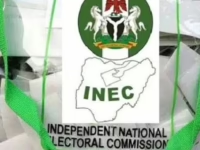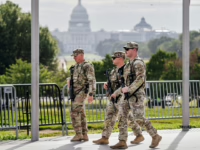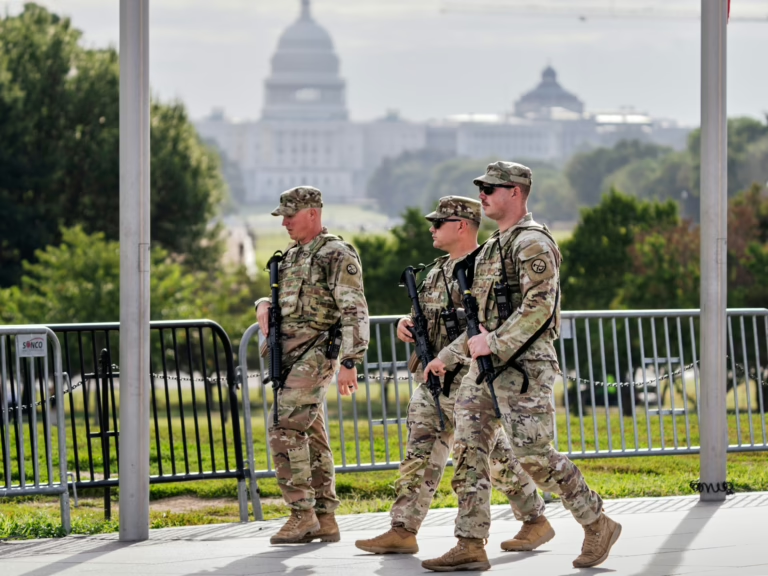A looming clash between Republicans and Democrats in the United States threatens to trigger a federal government shutdown starting October 1.
Democrats are pushing to include an extension of Affordable Care Act (ACA) subsidies in the must-pass funding bill, arguing that without these subsidies, millions of Americans will struggle to afford health insurance. They also seek to reverse Medicaid funding cuts enacted earlier this year under the Trump administration.
Conversely, Republicans are advocating for a short-term spending bill that maintains current federal funding levels without any additional provisions or expansions.
Should a shutdown occur, President Donald Trump and his administration-already known for expanding executive authority-are expected to assert unprecedented control over government operations.
Under the leadership of Russell Vought, the Office of Management and Budget (OMB) has increasingly exercised executive power over federal spending, a domain traditionally reserved for Congress. The administration has already taken steps such as canceling foreign aid and withholding billions in domestic funds.
Joshua Sewell, director of research and policy at Taxpayers for Common Sense, anticipates this shutdown will differ significantly from previous ones, with decisions driven by political strategy rather than precedent.
Max Stier, CEO of the Partnership for Public Service, a nonprofit dedicated to enhancing federal government effectiveness, warns that Trump could use a shutdown as an opportunity to dismantle key government functions.
Without a congressional agreement, Stier explains, Trump and Vought would have broad discretion to decide which programs, services, and employees are sidelined-potentially exceeding the scope of past shutdowns.
While the Antideficiency Act prohibits government spending without congressional approval, much of the shutdown process has historically relied on informal customs rather than strict legal mandates.
Previous shutdowns have resulted in furloughs for hundreds of thousands of federal workers but did not lead to widespread permanent layoffs or major restructuring. Additionally, furloughed employees are typically compensated retroactively once funding resumes.
During a shutdown, control of government operations would rest with Trump and his congressional allies. The question remains: what unilateral actions might the president take?
OMB Advises Agencies to ‘Consider’ Layoff Notices
The Trump administration has already reduced the federal workforce by approximately 200,000 employees, with projections suggesting this number could reach 300,000 by year’s end, according to Stier. Several agencies and programs, including the Consumer Financial Protection Bureau and Voice of America, have been significantly downsized.
An email from the OMB, first reported by Politico, instructed agency leaders to contemplate issuing “reduction in force” notices to employees working on programs that do not align with presidential priorities or lack guaranteed funding sources, such as the tax and spending legislation known as HR1, enacted in July.
Rachel Greszler, a workforce analyst at the conservative Heritage Foundation, clarified that while layoffs have not been mandated, agencies were encouraged to “consider” notifying employees about potential job risks if Congress cuts their agency’s budget.
This move serves as a warning to Democrats that demands for increased healthcare funding could inadvertently accelerate federal workforce reductions.
Key uncertainties remain, including the number of employees who might be laid off and the timing of such actions. The memo indicates that once fiscal year 2026 appropriations are finalized, agencies should update their staffing reduction plans accordingly.
Joshua Sewell interprets the memo as signaling a two-pronged approach: shutdown-related furloughs combined with a separate process for mass layoffs. Whether these layoffs occur before or after funding is restored remains unclear, but the administration appears intent on shrinking agencies and programs whenever possible.
Legal experts are divided on whether mass layoffs during a shutdown would withstand judicial scrutiny, noting that any such actions must comply with procedural requirements, including a 60-day advance written notice.
Sam Berger of the liberal Center on Budget and Policy Priorities, who previously served at OMB under the Obama and Biden administrations, emphasized that a shutdown does not grant new legal authority to conduct widespread firings.
Senate Minority Leader Chuck Schumer condemned the OMB memo as an intimidation tactic and predicted that any such layoffs would ultimately be reversed.
Mandatory Spending and Essential Services to Continue
Spending classified as mandatory-such as Social Security payments and Medicare and Medicaid services-typically continues uninterrupted during government shutdowns, as it does not require annual congressional approval.
In past shutdowns, critical functions like border security, hospital medical care, air traffic control, law enforcement, and power grid maintenance have been maintained as essential services.
However, even essential services can face operational challenges. For example, during the 2018-2019 shutdown, holiday travelers experienced delays due to many unpaid TSA agents and air traffic controllers not reporting to work.
Administrations have considerable discretion in defining “essential” personnel. The Obama administration closed national parks during the 2013 shutdown, whereas the Trump administration kept many parks open in 2018 by using previously collected entrance fees to pay staff-a practice later deemed unlawful by the Government Accountability Office.
The Trump administration’s second term is expected to prioritize immigration enforcement and may target further cuts to agencies already reduced, such as the Environmental Protection Agency. Trump’s campaign included promises to eliminate the Department of Education entirely.
According to the Committee for a Responsible Federal Budget, there have been four government shutdowns in recent decades lasting longer than one business day.
























